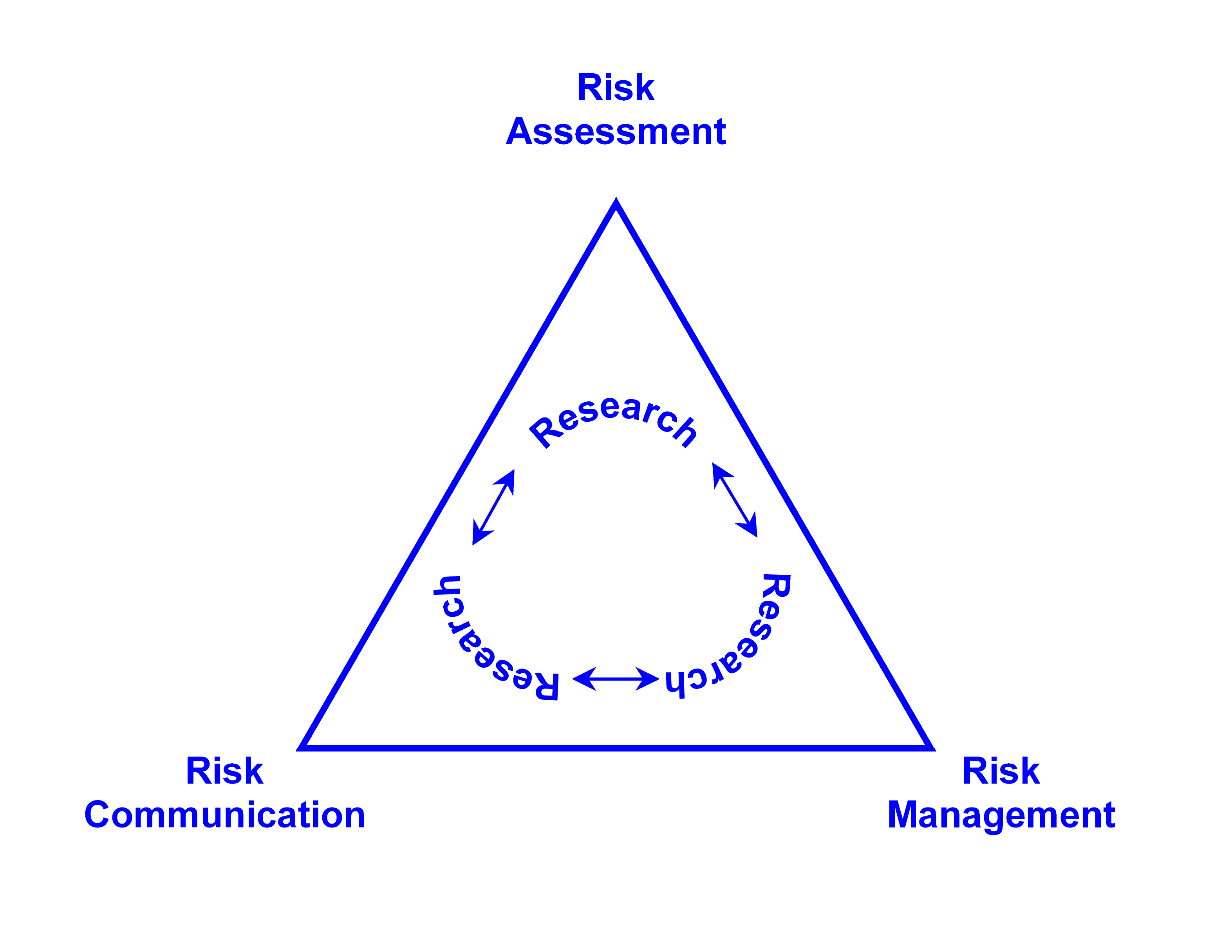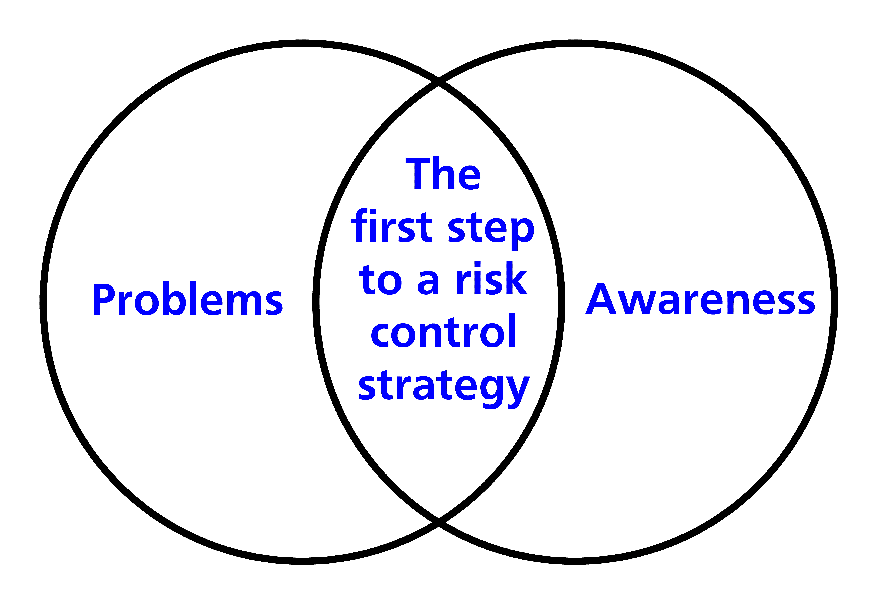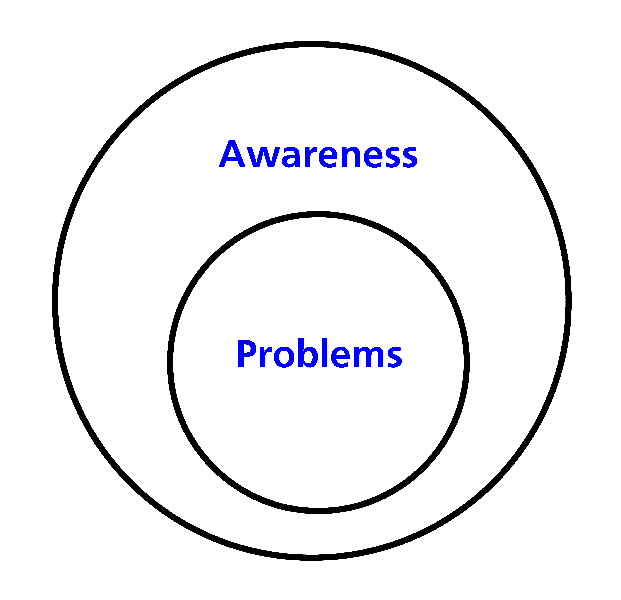
Home | Weather & Climate Risks | News & Views | Credentials

We all have an intuitive feeling for what risk is, but the formal definition of risk has a number of variations. For people who study the subject, risk is often defined technically by
Risk = Probability * Consequences
that is risk is the probability of a bad thing happening multiplied by the consequences that will occur if the bad thing happens.
The main aspects of risk, as a field of study, can be schematically depicted by the "risk triangle".

This shows that understanding risk consists of understanding risk assessment, risk communication, and risk management (or risk control). Risk assessment includes determining what the risks are present, what their consequences are, and what the probabilities are of their occurrence. Risk communication concerns how information about risk is transmitted to the different people and communities that need to know in a way that it is understood and acted on appropriately. One of the major challenges in risk communication is convincing people to take the appropriate actions to protect themselves. You can lead people to expert advice, but you can't make them think. Risk management deals with how the effects of risk are controlled, either by prior planning and actions or by responses to the event. These three aspects are connected by research into each aspect separately and how the aspects interact.

The Venn diagram above illustrates how the first step toward controlling risk is to realize what problems exist.

When you are aware of all of the problems which might result in risk, then you can work to control all of your risk. Of course, even in principle you cannot be aware of all the problems. This is the Black Swan problem or, in other words, you don't know what you don't know.
Home | Weather & Climate Risks | News & Views | Credentials
©2012 Russell Martin